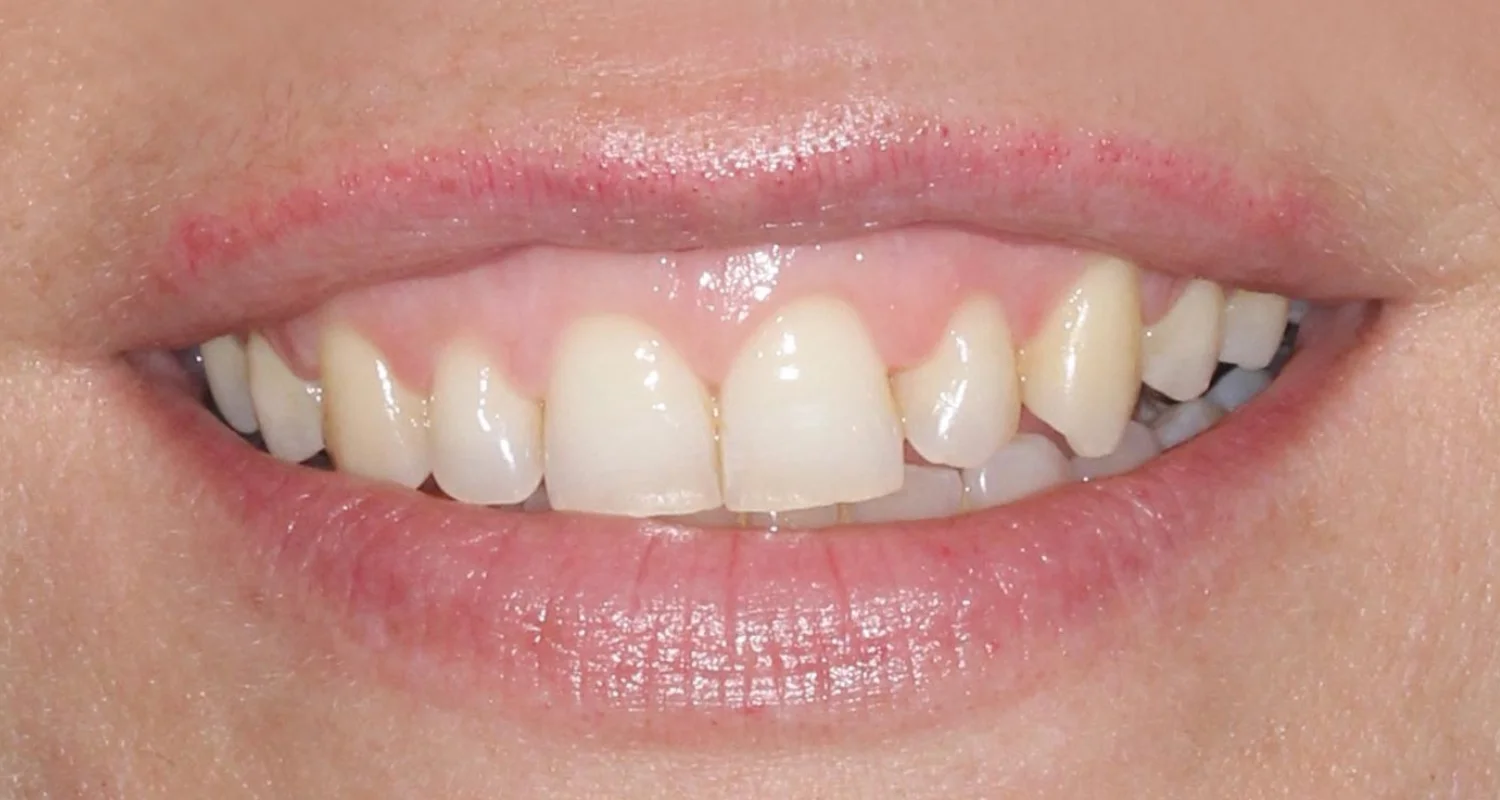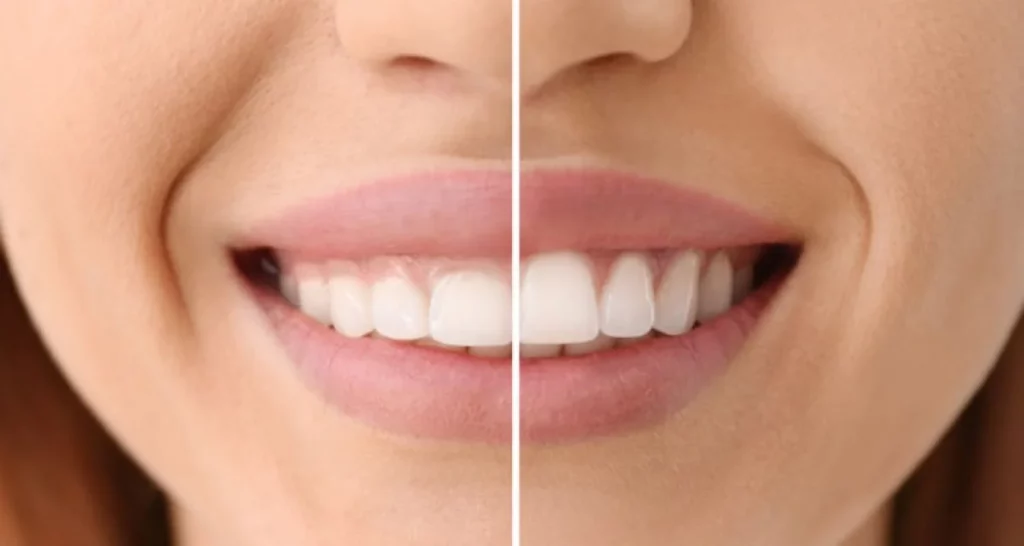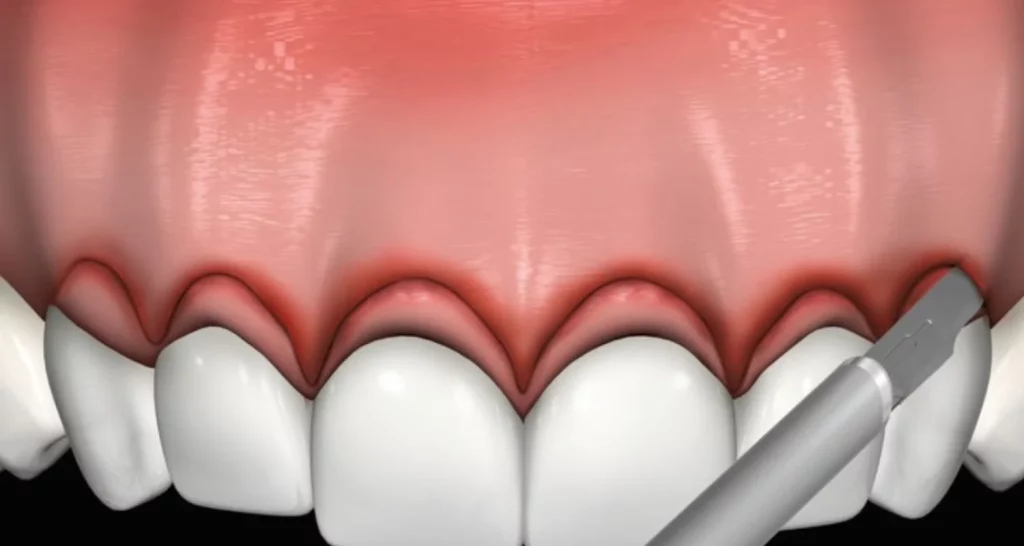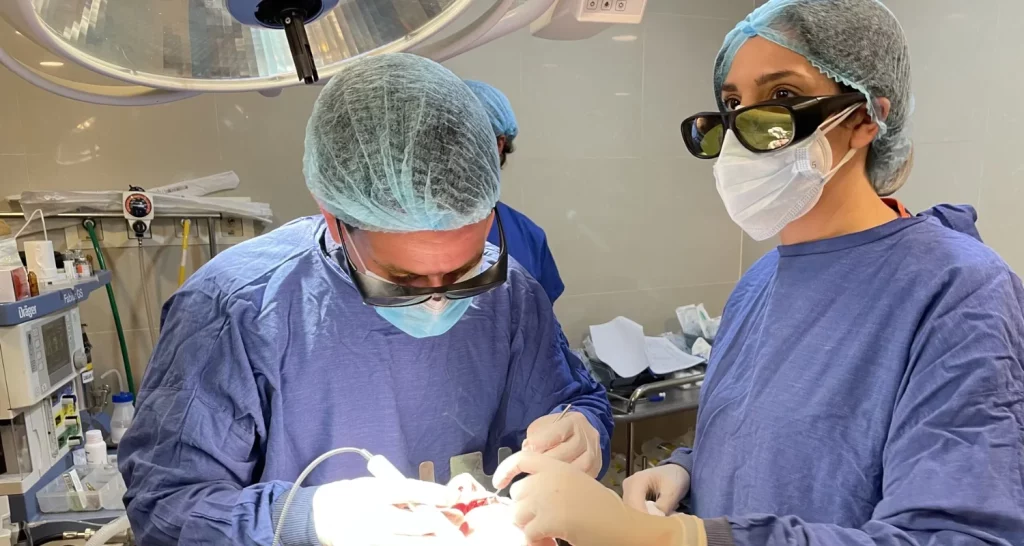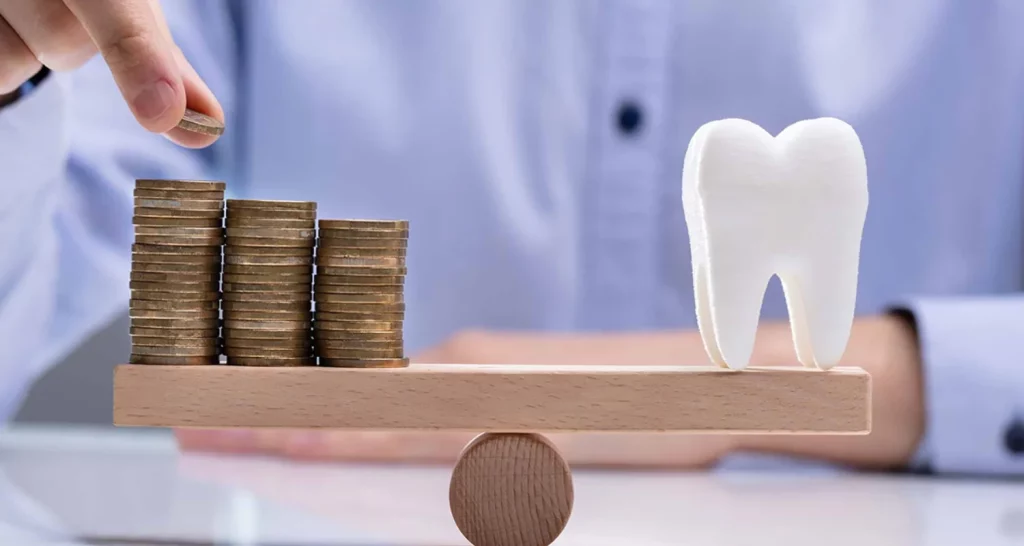Last Updated on: 18th December 2025, 11:26 am
Discover the Purposes of the Crown Lengthening Procedure
In the world of dentistry, many procedures can help you achieve or recover a healthy and aesthetically pleasing smile, even after suffering cavities or trauma. While some of these are better known than others, they can generate many doubts and questions. If you have been told about crown lengthening and you don’t know what it is, read this article.
What is Crown Elongation?
All teeth have two parts: the crown and the root (or roots, in the case of premolars and molars). The crown is the visible part of the mouth, while the root is the part of the tooth submerged in the bone. Normally, the root doubles the length of the crown to provide adequate support. Coronal lengthening refers to a procedure or set of procedures that allow a greater amount of dental structure to be exposed, to facilitate restorative procedures or obtain an aesthetic improvement.
When is it Necessary to Perform Crown Lengthening?
Crown lengthening may be necessary in any of the following cases:
1. Insufficient tooth structure to restore the tooth:
When a large part of the dental crown is lost due to cavities or trauma, porcelain or metal porcelain crowns are a very effective option to restore lost function and aesthetics. However, crowns need to be placed on a stump or tooth remnant that has a certain height, to prevent it from dislodging. If the destruction of the tooth has occurred very close to the gum line, a coronal lengthening can help give more height to the tooth stump, providing more stability to the crown.
2. Tooth decay or fractures below the gum line:
Crowns and dental restorations such as fillings or inlays should be performed in moisture-free conditions with good visibility. Therefore, when cavities or dental fractures are below the gumline, it is preferred to perform a coronal lengthening, allowing for adequate restoration free of gingival bleeding.
3. Aesthetic reasons:
The gummy smile is a condition in which, when smiling, a large amount of gum is exposed and short dental crowns are observed. Many people with a gummy smile may feel uncomfortable with this feature; and depending on the case, coronal lengthening may be a good solution. This procedure allows a greater amount of tooth structure to be exposed, making the teeth look longer to achieve a more harmonious smile. Depending upon the characteristics of the teeth, additional procedures such as veneers or crowns may be required to achieve a slim, visually pleasing shape.
Crown Lengthening Procedures
The teeth are supported by the alveolar bone, which is covered by the gums. The procedure required for crown lengthening depends on whether it is necessary to remove only the gum or to make small modifications to the bone to expose more tooth structure. In short, there are two types of procedures for coronal lengthening:
A. Coronal lengthening through gingivectomy:
When a few additional millimeters of dental exposure are required, it is sufficient to remove a portion of the gum through a procedure called gingivectomy, which is performed under local anesthesia. There are several techniques to modify the contour of the gums, including:
● Conventional gingivectomy: This technique is performed using a scalpel to cut the excess gum that covers the dental crown.
● Electroscalpel-assisted gingivectomy: It provides the possibility of making precise cuts, with a low risk of bleeding. However, healing may be slow and a little more painful than when gum contouring is performed with another method.
● Laser-assisted gingivectomy: Laser may offer some advantages such as less need for anesthesia and faster healing; however, it is more expensive than conventional gingivectomy.
B. Surgical coronal lengthening:
When multiple coronal lengthenings are required or require greater amplitude, the treating professional may opt for surgical coronal lengthening, which includes the following steps:
1. Planning: Through a clinical examination and X-rays, the amount of bone or gum that needs to be modified to achieve the optimal coronal length is determined.
2. Local anesthesia: A small amount of local anesthetic is injected into the area to ensure a painless procedure.
3. Incision: A cut is made above the gum line.
4. Flap lifting: With the help of an instrument, the gum is gently lifted, detaching it from the bone.
5. Osteotomy: If it is determined that it is necessary to remove a small portion of bone to expose the necessary amount of crown, a cut or abrasion is made in the bone, using a bur, laser, or piezoelectric equipment.
6. Flap rearrangement and suturing: Finally, the gum is located in the most favorable position, allowing the necessary amount of crown to be exposed, and is fixed with sutures.
Recovery from Crown Lengthening Surgery: What to Expect?
During the first 3 days after crown lengthening, you may experience swelling, pain, and discomfort when eating. Sometimes, gingival bleeding may occur. It is important to follow the instructions given by the dentist to achieve adequate healing, such as applying local cold in the hours following surgery, following a soft diet, resting, and taking the prescribed painkillers.
The recovery time after the intervention and before performing the definitive restorative procedure is approximately 6 weeks. This time will allow the level of attachment of the gum to the teeth to stabilize before placing a crown.
How much does a Crown Lengthening Cost?
A coronal lengthening can cost between $1,000 and $2,000. Costs will vary depending on geographic location, the complexity of the procedure required, and the technique used.
Is Crown Lengthening Covered by Insurance?
When crown lengthening is for aesthetic purposes only, it is not covered by insurance. However, if the procedure is required to save a tooth, most dental insurance covers a part of the costs.
Conclusion
Crown lengthening is a procedure used to increase the length of the crown or the visible part of the tooth. It can help solve aesthetic disagreements, but it may also be essential to save a tooth. The advisable course of action is to ensure that the procedure is performed by a properly trained professional –preferably, a specialist in periodontics.
Frequently Asked Questions
Is crown lengthening painful?
During the crown lengthening procedure, anesthetics are used to ensure that the patient does not experience any sensation in the area. Once the anesthesia wears off after the procedure, discomfort is minimal or non-existent thanks to the use of a special long-lasting anesthetic known as Marcaine.
Do gums grow back after crown lengthening?
If only gingival tissue and not bone is removed, the gums will grow back in approximately 8 weeks, which would defeat the purpose of crown lengthening. Removal of bone, usually 1 to 3 mm, is necessary to achieve a satisfactory and long-lasting result.
How successful is crown lengthening?
Crown lengthening procedures are very successful, both when applied for aesthetic purposes and as part of dental treatment. 1 There are several different surgical approaches, each with specific applications, advantages, and disadvantages.
What are the disadvantages of crown lengthening?
Disadvantages of crown lengthening tend to be: Recovery can be prolonged, generally from a few days to weeks, and this varies depending on the magnitude of the surgery. Some side effects of the procedure may include infection and excessive bleeding, although these are rare.
Share:
References
1. Crown lengthening. (s/f). Periodontal Associates. https://periodontalassociates.com/crown-lengthening
2. Gotter, A. (Aug 10, 2017). Crown lengthening. Healthline. https://www.healthline.com/health/crown-lengthening
3. Gupta, G., Gupta, R., Gupta, N., & Gupta, U. (s/f). Crown lengthening procedures-A review article. https://www.iosrjournals.org/iosr-jdms/papers/Vol14-issue4/Version-1/G014412737.pdf
4. Nethravathy, R., Vinoth, S., & Thomas, A. (2013). Three different surgical techniques of crown lengthening: A comparative study. Journal of Pharmacy & Bioallied Sciences, 5(5), 14. https://doi.org/10.4103/0975-7406.113281
5. Dental Crowns. (s/f). Dentalfind.com. https://www.dentalfind.com/articles/dental-crowns
6. Ong, M., Tseng, S.-C., & Wang, H.-L. (2011). Crown lengthening revisited. Clinical Advances in Periodontics, 1(3), 233–239. https://aap.onlinelibrary.wiley.com/doi/10.1902/cap.2011.110048
-
Nayibe Cubillos M. [Author]
Pharmaceutical Chemestry |Pharmaceutical Process Management | Pharmaceutical Care | Pharmaceutical Services Audit | Pharmaceutical Services Process Consulting | Content Project Manager | SEO Knowledge | Content Writer | Leadership | Scrum Master
View all posts
A healthcare writer with a solid background in pharmaceutical chemistry and a thorough understanding of Colombian regulatory processes and comprehensive sector management, she has significant experience coordinating and leading multidisciplina...


